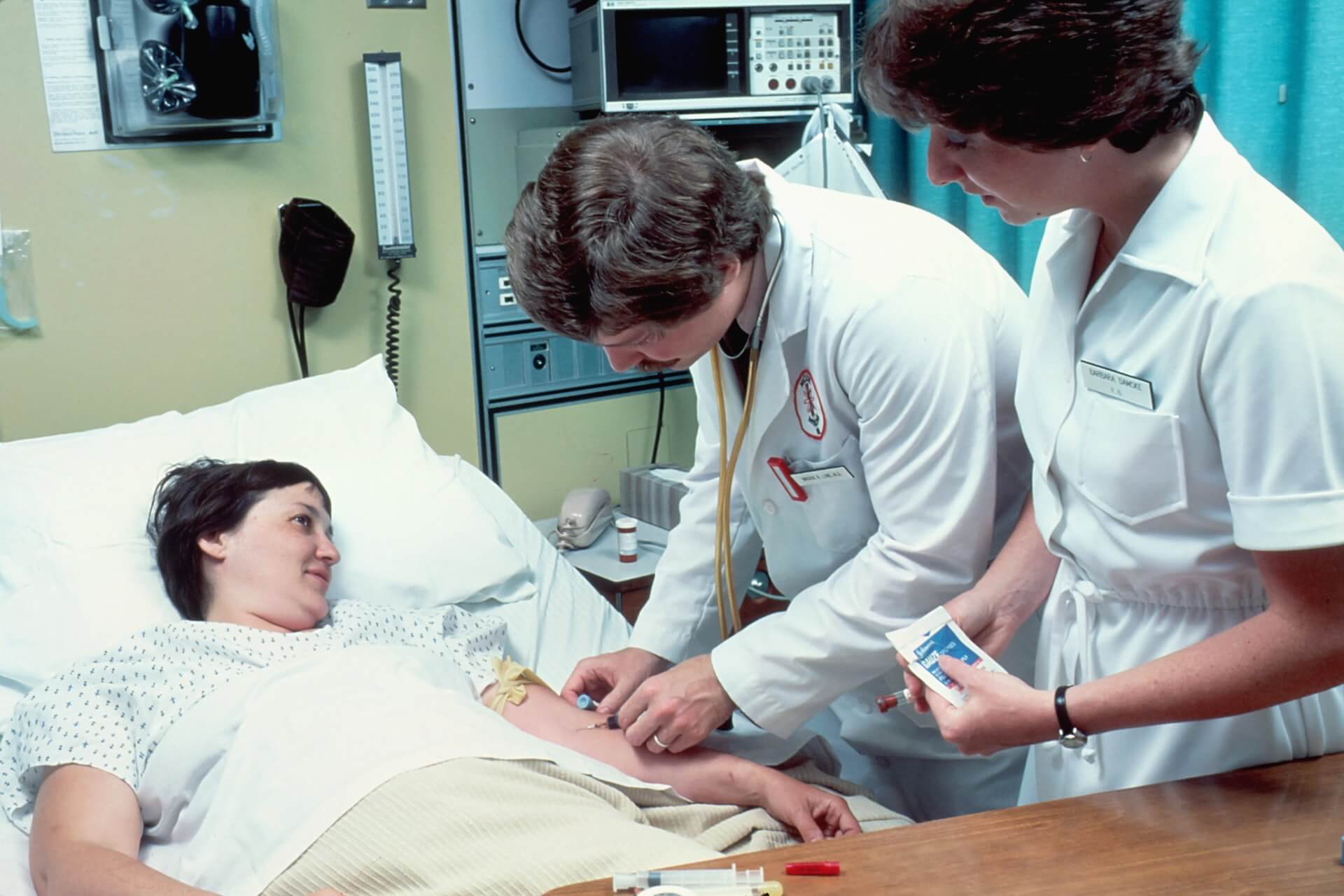Who are Phlebotomists / Phlebotomy Technician
A Phlebotomist, or Certified Phlebotomist, is a medical professional who takes blood samples from patients. Their responsibilities include setting up the testing room with the necessary equipment, instructing patients on how to insert needles and retrieve samples, and labeling samples for subsequent analysis in medical laboratories.
To engage with patients and retrieve samples for further examination, they collaborate with other Phlebotomists, Nurses, and Physicians. Their job entails interacting with patients and supervising blood draws. They may also be tasked with supporting Laboratory Technicians with the organization and testing of lab samples.
Important lab codes, storage techniques, and strategies for taking blood from patients with difficult veins, such as newborns and the elderly, are also required by phlebotomists.
Phlebotomists Job Description
The following are some of the most important roles and responsibilities of a Phlebotomist.
- Assist patients in relaxing and reassuring them.
- Locate veins that can be punctured.
- Arrange daily activities according to the urgency of fluid sample requests.
- Using their ID, documentation, or other means, identify patients and their personal information.
- Help with blood transfusions when needed.
- Answer patient questions and provide useful information.
- Obtaining medical testing equipment such as needles, sample vials, blood storage bags, and test tubes
- Sterilized needles, vials, and other equipment are used to draw blood.
- Ensure that the sample quality and quantity are optimal.
- Determine the best venipuncture technique based on the patient’s age, health, and other factors.
- Keep detailed records of samples taken and tests.
- Maintaining the organization’s database with up-to-date patient information
- While working, follow all applicable health and safety regulations.
- Correctly label samples and deliver them for testing.
- Assisting scared or fearful individuals in staying calm during blood draws
- Working with supervising Physicians and following their directions at all times
Phlebotomist’s Requirements and skills
In order to perform their job obligations efficiently, phlebotomists must possess a set of skills and qualifications, which include:
- Ability to establish a rapport with a variety of patients (children, the elderly, and pregnant women) and make them feel at ease
- Working with patients requires empathy and interpersonal skills.
- Good motor skills and the capacity to stand for long periods of time are required.
- Advanced communication skills, both written and spoken
- Data entry and computer abilities are required.
- Professional certification in phlebotomy from a recognized program
- Detail-oriented and committed to ensuring patient confidentiality
- Patience and presence of mind
- Understanding how to properly identify patients
- Strong attention to detail
- Understanding the legal requirements for collecting blood, managing fluid samples, and using appropriate medical equipment and materials
- Ability to obtain blood from patients with little or no difficulty.
Phlebotomists Salary
Working as a phlebotomist can be a rewarding and enjoyable experience. On a daily basis, you will encounter a lot of new people and be responsible for taking blood from patients and delivering it to local laboratories for testing as a phlebotomist.
Depending on where you work, phlebotomists are expected to draw blood from babies, children, young people, and elderly patients. You may encounter a particular age group more frequently than others, for example working at a maternity ward may entail drawing blood from newborns as well as their moms on a regular basis.
How Much Do Phlebotomists Make in Florida? The estimated annual average salary of Phlebotomists in Florida is $33,870
The average hourly wage for a Phlebotomist in Florida is $16.29, which amounts to about $33,870 per year. The lowest 20% makes about $26,500 annually, while the highest 20% makes about $45,230 per year.
